 SafetyAtWorkBlog is proud to have been listed as one of Australia’s Best Business Blogs by business resource website SmartCompany.
SafetyAtWorkBlog is proud to have been listed as one of Australia’s Best Business Blogs by business resource website SmartCompany.
Category: economics
Productivity Commission looks at workplace bullying – not really
The Australian Government has announced an inquiry into workplace relations through the Productivity Commission (PC). The most obvious occupational health and safety (OHS) element of this inquiry relates to workplace bullying which is discussed in the fourth of five issues papers released in January 2015. However the purposeful separation of workplace bullying actions through the Fair Work Commission (FWC) from actions in other sectors, such as OHS regulators, limits the potential impact of the inquiry on this issue.
The PC issues paper acknowledges the lack of the anticipated avalanche of anti-bullying applications and accepts that the structure of the FWC process may be partially responsible. This lack of applications, an issue discussed
New book challenges current OHS trends
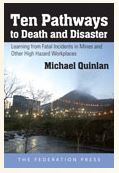 Professor Michael Quinlan has a new book that focuses on lessons from recent mining disasters but, as with the best of occupational health and safety (OHS) books, it challenges orthodoxies. Some OHS consultants and experts have built careers on these orthodoxies, trends and fads, and will feel uncomfortable with the evidence put forward by Quinlan in “Ten Pathways to Death and Disaster – Learning from Fatal Incidents in Mines and Other High Hazard Workplaces“. The honesty and humanity in this book makes it an essential part of any OHS professional’s library.
Professor Michael Quinlan has a new book that focuses on lessons from recent mining disasters but, as with the best of occupational health and safety (OHS) books, it challenges orthodoxies. Some OHS consultants and experts have built careers on these orthodoxies, trends and fads, and will feel uncomfortable with the evidence put forward by Quinlan in “Ten Pathways to Death and Disaster – Learning from Fatal Incidents in Mines and Other High Hazard Workplaces“. The honesty and humanity in this book makes it an essential part of any OHS professional’s library.
Quinlan establishes an important tenet from the very start:
“… knowledge is not created in a social vacuum.” (page xi)
This simple dictum is vital to an understanding of the true causal factors on OHS decision-making. People die from OHS failures. Politicians create laws and situations that can encourage failures, increase risk and can provide a veneer of respect for heartlessness and exploitation. Business owners may feel pressured to place production before safety. Some OHS writers and advocates stop, often unconsciously, at the point where their theory or market research would fail scrutiny. Some apply critical thought only “as far as is reasonably practicable” to continue a business activity that is short-term or to sell their consultancy package to gullible or naive corporate executives.
Quinlan writes of the “political economy of safety”:
“The political economy perspective argues that safety, including workplace disasters, can only be understood in the context of the distribution of wealth and power within societies, and dominant social policy paradigms that privilege markets and profit, production or economic growth over safety.” (page 24, emphasis added)
To many readers this may sound like socialism in its mention of wealth distribution and power but such a perspective is valid even though it may be unfashionable. Such a broad perspective allows for a critical assessment of other OHS research approaches such as, for instance, the culture advocates.
Research project opportunity
SafetyAtWorkBlog believes that the following research project may be of interest to readers.
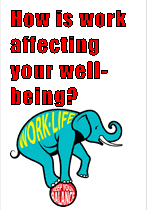 A research team from the Faculty of Business & Law at Deakin University, led by Drs. Elsa Underhill & Melissa Parris, are conducting a research project to:
A research team from the Faculty of Business & Law at Deakin University, led by Drs. Elsa Underhill & Melissa Parris, are conducting a research project to:
- Develop a better understanding of how health, safety and well-being outcomes differ between types of workers (ie. permanents, casuals & labour hire) within the same workplace; and
- Develop an understanding of how employment status impacts on work/life balance.
Their findings are intended to better inform HRM and WHS practitioners on the development of evidence based strategies and policies to improve the health, safety and wellbeing of all employees.
They are seeking organisations which will allow them to survey their employees including, where appropriate, labour hire workers placed with organisation. Responses will be anonymous and respondents will have the chance to win 1 of 10 mini Ipads. Participating organisations will receive a report specific to their organisation, as well as the full project report.
Is your organisation interested in participating? If so, please contact Elsa.Underhill@deakin.edu.au for further information.
WorkSafe Victoria returns
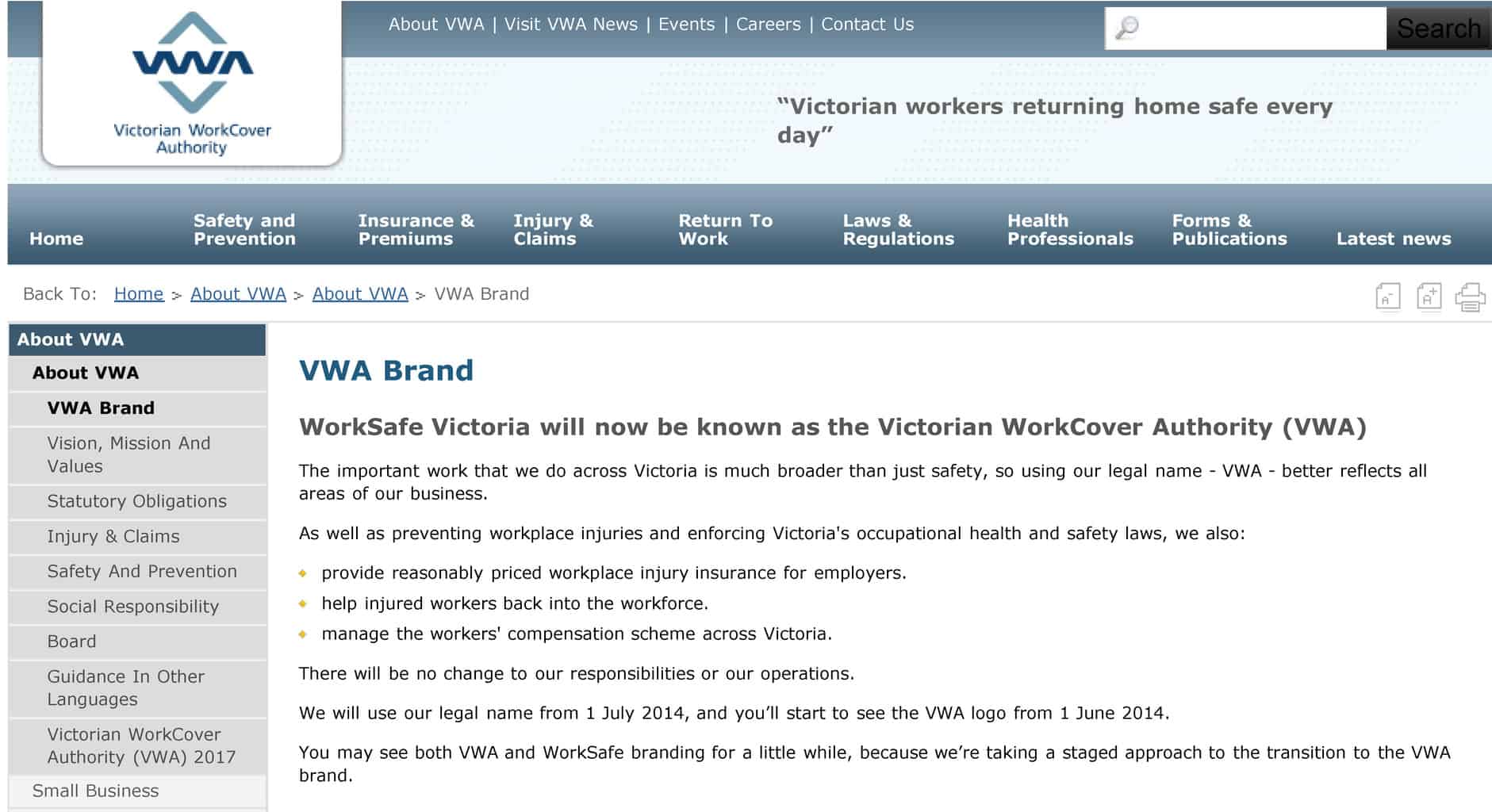 Just over six months ago the (conservative) Victorian Government announced that it was dropping the WorkSafe brand (pictured right). This made little sense at the time as the WorkSafe brand was so established that it became accepted shorthand for the OHS inspectorate. On 23 January 2015, less than two months after the election of a new (Labor) Victorian Government, the brand has been resurrected. It seems that this indicates an ideological change.
Just over six months ago the (conservative) Victorian Government announced that it was dropping the WorkSafe brand (pictured right). This made little sense at the time as the WorkSafe brand was so established that it became accepted shorthand for the OHS inspectorate. On 23 January 2015, less than two months after the election of a new (Labor) Victorian Government, the brand has been resurrected. It seems that this indicates an ideological change.
The benefits of dropping the brand were stated on the Victorian Workcover Authority’s (VWA) website (pictured above) as better reflecting all areas of the VWA’s business but the decision was widely interpreted as a diminution of attention to harm and injury prevention. Such a strategic shift echoed the increased
New book on pipeline safety has OHS lessons for all
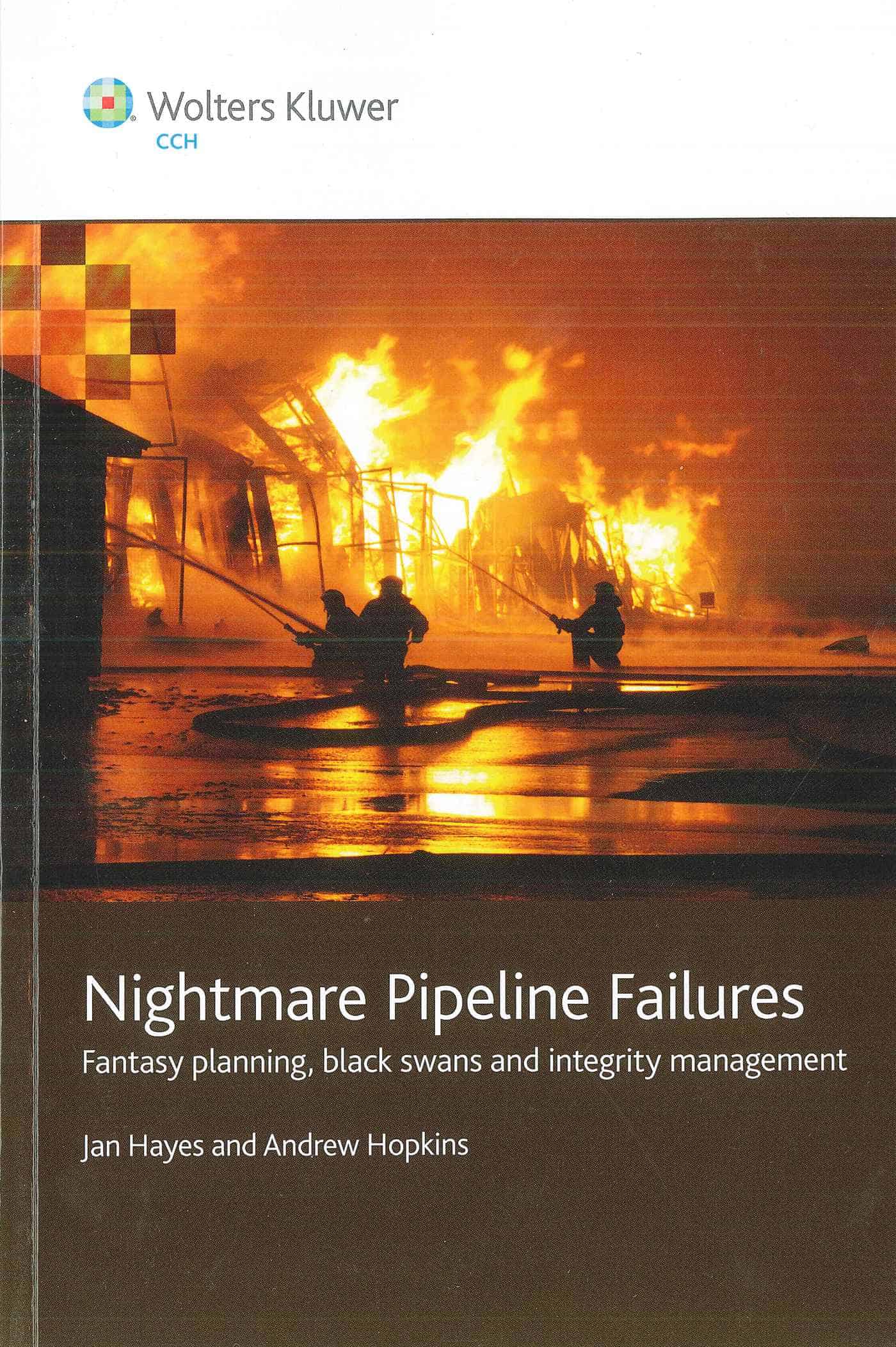 Any new book by Andrew Hopkins is a cause for excitement. The latest book co-written with Associate Professor Jan Hayes* focusses, primarily, on two pipeline disasters in the United States but has sufficient information and thoughts for those OHS professionals outside this sector and jurisdiction.
Any new book by Andrew Hopkins is a cause for excitement. The latest book co-written with Associate Professor Jan Hayes* focusses, primarily, on two pipeline disasters in the United States but has sufficient information and thoughts for those OHS professionals outside this sector and jurisdiction.
“Nightmare Pipeline Failures: Fantasy planning, black swans and integrity management” is a typically slim volume written in Plain English that benefits from the broad knowledge of its authors. Readers of Hopkins’ early books will get all of the cross-references. In some ways, this book can be seen as almost a case-study of Hopkins’ work on mindfulness and high-reliability organisation, as the themes of management perspectives, activity and decision-making occur repeatedly in this book. Continue reading “New book on pipeline safety has OHS lessons for all”
Queensland’s workers’ compensation performance is “double plus good”
The Queensland Premier, Campbell Newman, called a “snap” election for the end of January 2015. On 11 January 2015, Newman tweeted:
“Queenslanders injured at work are covered by Australia’s strongest workers’ compensation scheme.”
This is a further example of political newspeak as what does a “strong” workers’ compensation scheme look like? Newman’s tweet included an image that provides some clarity to his claim.
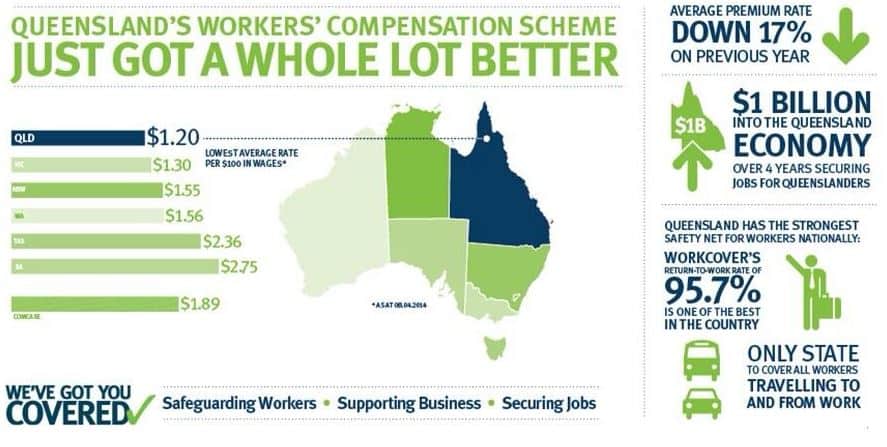 Continue reading “Queensland’s workers’ compensation performance is “double plus good””
Continue reading “Queensland’s workers’ compensation performance is “double plus good””
